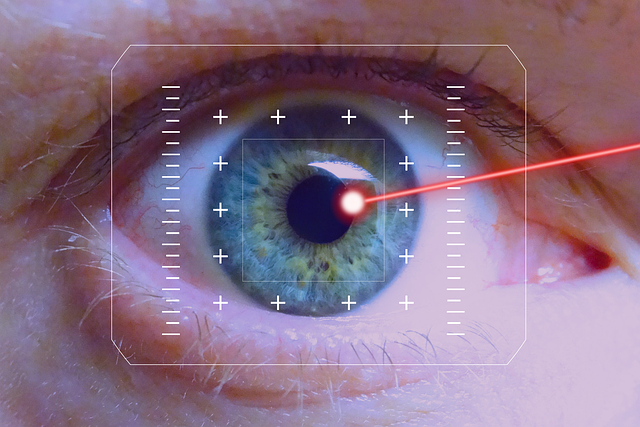
IT Hardware: The Crucial Role of Corrections in Information Technology
In the realm of Information Technology (IT), the importance of correction cannot be overstated. As technology continues to advance at a breakneck pace, the hardware that supports these innovations plays a critical role in ensuring that systems function seamlessly. The act of correction in IT hardware transcends mere troubleshooting; it embodies a philosophy of continuous improvement and reliability, creating an environment where systems not only perform but thrive.
Every day, countless professionals engage with IT hardware, ranging from personal computers to sophisticated server networks. Within these environments, corrections are often necessary to address the inevitable wear and tear that occurs over time. Hardware issues, if unchecked, can lead to significant downtime, data loss, or even security breaches. Therefore, it is crucial for IT professionals to establish robust correction protocols that help identify and rectify these challenges quickly.
One of the key aspects of corrections in IT hardware revolves around maintenance. Regular assessments and updates of hardware components can prevent minor issues from escalating into major problems. This proactive approach not only extends the lifespan of the equipment but also ensures that it operates at optimal efficiency. IT teams must stay vigilant, employing diagnostic tools and resources that allow them to pinpoint and correct anomalies before they can adversely affect performance.
Moreover, the human element in corrections cannot be overlooked. IT professionals are often tasked with the responsibility of not only managing hardware but also guiding users through technology-related issues. Clear communication and training play a pivotal role in this process. By empowering users with knowledge on how to troubleshoot minor issues, IT staff can promote a self-sufficient culture that reduces the burden on support teams. This collaborative approach enhances the overall reliability of information systems within an organization.
On a broader scale, the role of correction extends beyond immediate hardware maintenance. It is integral to larger frameworks like cybersecurity. Hardware vulnerabilities can be an entry point for various cyber threats, making it imperative for IT teams to have correction strategies in place. This involves not just repairing existing hardware but also upgrading to newer technologies that come equipped with enhanced security features. The landscape of the digital world is ever-changing, and staying ahead by correcting and updating hardware is essential for safeguarding sensitive information.
In an age where data drives decision-making, the significance of correction in IT hardware becomes even clearer. A malfunctioning computer can disrupt operations, while a properly maintained and corrected system can facilitate innovation and facilitate growth. Companies that prioritize correction view it as an investment in their technological infrastructure, ensuring that their hardware is not just functional but also cutting-edge.
Ultimately, correction in IT hardware reflects a commitment to excellence in information technology. It’s about recognizing that technology is not static and that ongoing adjustments and repairs are crucial for success. As we look to the future, the ability to correct issues promptly while embracing advancements will be vital in shaping resilient, progressive, and efficient IT environments.



